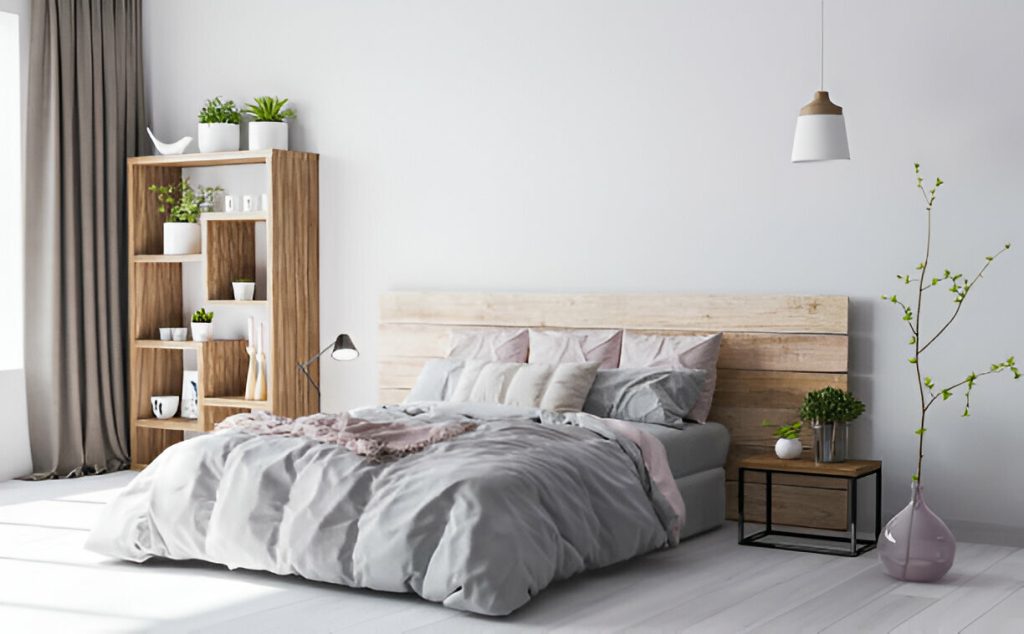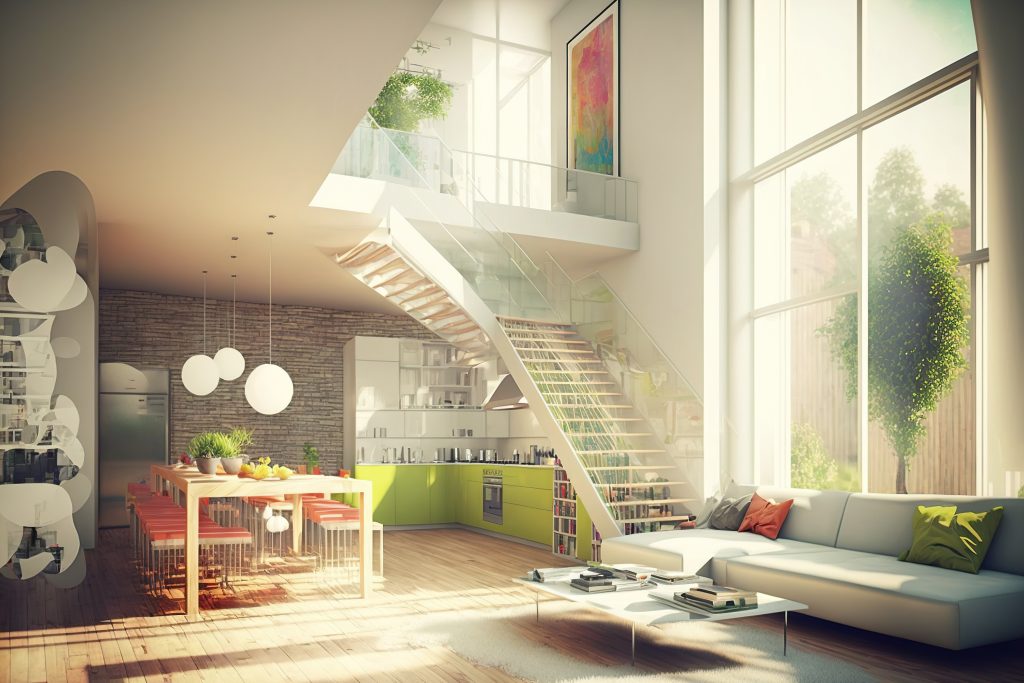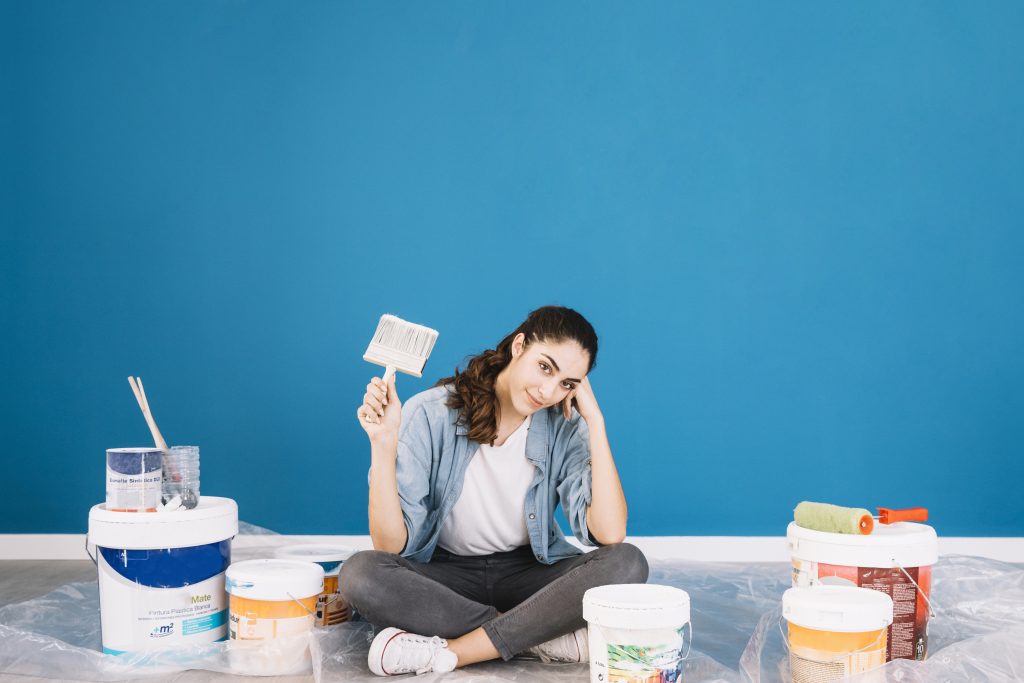Before you grab that paintbrush, though, there’s an important question to consider: how much paint will you actually need? The answer to this seemingly simple question can have a big impact on your budget and the overall outcome of your project. In this discussion, we will explore the factors that determine the amount of paint required for a small bathroom. From the size and shape of the room to the type of paint you choose, we will unveil the secrets to achieving a beautiful, well-painted bathroom. So, let’s uncover the mystery of how much paint your small bathroom truly needs and ensure that your painting project is a success.
Amount of Paint Needed for Small Bathroom
To properly paint a small bathroom, it is important to determine the amount of paint needed based on the size of the room. Choosing the right color is the first step in achieving a desired look and feel. Consider the overall style of your bathroom and select a color that complements it. Once you have chosen the color, it’s time to prepare the bathroom for painting. Make sure to clean the surfaces thoroughly and remove any mold or mildew. Proper ventilation is crucial during the painting process, so open windows and use fans to circulate the air. Protecting fixtures like sinks, toilets, and tubs is essential to avoid any accidental damage. Cover them with plastic sheets or masking tape to ensure they stay paint-free. Applying a primer before painting is recommended, as it helps the paint adhere better and provides a smooth base for the color. By following these steps and being mindful of the amount of paint needed, you can achieve a beautifully painted small bathroom.
Using a Quarter of Paint for Small Bathroom
Once you have determined the amount of paint needed for your small bathroom, the next step is to explore the option of using a quarter of paint for the project. By using less paint, you can save money and still achieve a beautiful result. Here are some tips to help you maximize your paint coverage and save on costs:
- Use paint application techniques: Use a roller for walls and flat surfaces to achieve an even and smooth finish. Spray the roller with water to prevent excessive paint absorption. Use light strokes and work with natural gravity for an even application. Use a small brush for tight edges and corners.
- Consider bathroom paint durability: Look for paints specifically designed for bathrooms, as they are formulated to withstand moisture and resist mold and mildew. These paints should also be washable and able to withstand scrubbing.
- Choose cost-saving painting tips: Use high-quality, single-coat guaranteed paint to save time and money. Squeeze rollers with a squeegee to remove excess paint and minimize waste. Measure your walls accurately to determine the required amount of paint and consider using leftover paint before purchasing new containers.
- Apply multiple coats if necessary: While using a quarter of paint can be cost-effective, it is recommended to use a gallon of paint and apply two coats for better results. This ensures good coverage and a durable finish.
Special Paint for the Bathroom
Bathroom-specific paints are designed to perform better in wet areas and provide protection against issues like mold and mildew. These paints have special properties that make them ideal for bathrooms, such as being washable and able to withstand scrubbing. They also have a tighter structure, which is important in high-moisture environments. When choosing a bathroom paint, it’s essential to look for brands that offer mold and mildew resistance. Some of the best paint brands for bathrooms include Sherwin-Williams, Behr, and Benjamin Moore.
In addition to the benefits of bathroom-specific paints, it’s crucial to choose the right color for your bathroom. Light colors like white, beige, and light gray can make a small bathroom feel more spacious, while blues and greens create a calming atmosphere. Dark colors like dark blue and black can make a bold statement in a small space.
Before painting your bathroom, proper preparation is necessary. Be sure to clean the walls thoroughly and repair any cracks or holes. It’s also important to prime the walls to ensure better adhesion and a smoother finish. By following these tips and using the right bathroom-specific paint, you can achieve a beautiful and long-lasting paint job in your bathroom.
Tips for Painting a Bathroom Efficiently
For efficient bathroom painting, start by using a roller for walls and flat surfaces to achieve an even and smooth finish. Here are some tips to help you paint your bathroom efficiently:
- Use light strokes and work with natural gravity for an even application.
- Fill the roller tray one-third full and remove excess paint by rolling it on the textured part of the tray.
- Spray the roller with water to prevent excessive paint absorption.
- Use a small brush for tight edges and corners.
When it comes to painting techniques, consider blending colors to make a small bathroom feel larger. You can paint the rest of the wall space the same color as the tiles to create the illusion of no boundaries. Additionally, keeping everything the same color eliminates dividing lines, making the room appear larger. Another tip is to hang a large mirror, as mirrors reflect light and make the room look more spacious.
While painting a bathroom can be a DIY project, hiring a professional painter can ensure a better outcome. Professionals can help with color selection, and their experience in maneuvering around fixtures can make the process smoother. Popular paint colors for bathrooms include all-white for a seamless look, neutral color schemes for a calm mood, and blues and greens for a relaxing spa-like feeling. Remember to choose the right paint finish, such as satin or semi-gloss, for easier cleaning and durability.
Additional Tips for Painting With Less Product
To minimize the amount of paint used, consider implementing these additional tips during your bathroom painting project. These paint-saving techniques can help you maximize paint coverage, reduce paint waste, and employ efficient painting methods. By following these economical painting tips, you can save both time and money.
| Paint-Saving Techniques | Benefits |
|---|---|
| Use a small brush for tight edges and corners | Allows for precise application and reduces the amount of paint needed |
| Squeeze rollers with a squeegee to remove excess paint | Prevents overloading the roller with paint |
| Measure walls accurately to determine the required amount of paint | Helps you avoid purchasing more paint than necessary |
| Consider using leftover paint before purchasing a new container | Utilizes existing resources and reduces waste |
| Clean paint container lids and use the leftover paint | Ensures that no paint goes to waste |
Cost of Painting a Bathroom
The cost of painting a bathroom can vary depending on several factors. Some of these factors include the size of the bathroom, the type of paint used, and any additional features that need to be painted. Here are some important points to consider regarding the cost of painting a bathroom:
- Cost of labor: The cost of hiring a professional painter to paint your bathroom will be a significant factor in the overall cost. The rates for labor can vary depending on the location and the experience of the painter.
- Types of paint finishes: The type of paint finish you choose for your bathroom can also affect the cost. Satin or semi-gloss finishes are commonly used in bathrooms as they are easier to clean and more durable.
- Average bathroom size: The size of your bathroom will impact the cost of painting. Smaller bathrooms will generally require less paint and labor compared to larger bathrooms.
- Cost of painting fixtures: If you plan on painting bathroom fixtures such as cabinets, vanity, walls, shower, or bathtub, the cost will increase accordingly. Each fixture will require additional time and materials to be painted.
Considering these factors, the average cost to paint a bathroom ranges from $200 to $500. This cost includes both labor and materials. It’s important to note that using premium mildew-resistant washable paint can increase the overall cost.
Cost Factors for Painting a Bathroom
When considering the cost factors for painting a bathroom, it is important to take into account various factors such as the size of the bathroom, the type of paint finishes chosen, and any additional features that need to be painted. The cost of painting a bathroom can vary depending on these factors.
To give you a better understanding, here is a breakdown of the cost factors for painting a bathroom:
| Cost Factors | Description |
|---|---|
| Bathroom Size Considerations | The size of the bathroom plays a significant role in determining the cost. Smaller bathrooms will generally cost less to paint compared to larger bathrooms. |
| Choosing the Right Paint | The type of paint you choose will also impact the cost. Bathroom-specific paints that are mold and mildew resistant tend to be more expensive than regular paints. |
| Labor Costs | The cost of labor is included in the average costs of painting a bathroom. Hiring a professional painter can result in a better outcome compared to a DIY project. |
| Painting Fixtures | If you are planning to paint bathroom fixtures such as cabinets, vanity, walls, shower, and bathtub, there will be additional costs associated with these items. The cost can range from $75 to $700 depending on the specific fixture. |
Cost of Painting Bathroom Features
Painting bathroom features involves additional costs, which can range from $75 to $700 depending on the specific fixture. Here are some factors that can affect the cost of painting bathroom features:
- Cabinets: Painting bathroom cabinets can cost around $75 to $200, depending on their size and complexity.
- Vanity: The cost of painting a bathroom vanity can range from $100 to $300, depending on the size and material of the vanity.
- Walls: Painting the bathroom walls can cost anywhere from $150 to $400, depending on the size of the bathroom and the type of paint finish chosen.
- Shower/Bathtub: Painting the shower or bathtub can be more expensive, with costs ranging from $300 to $700. The cost can vary depending on the material of the shower or bathtub and the paint used.
When painting bathroom features, it’s important to consider the color trends for bathroom features, the appropriate painting techniques, and the right paint finishes. This will ensure that your bathroom features are not only visually appealing but also durable and long-lasting.






